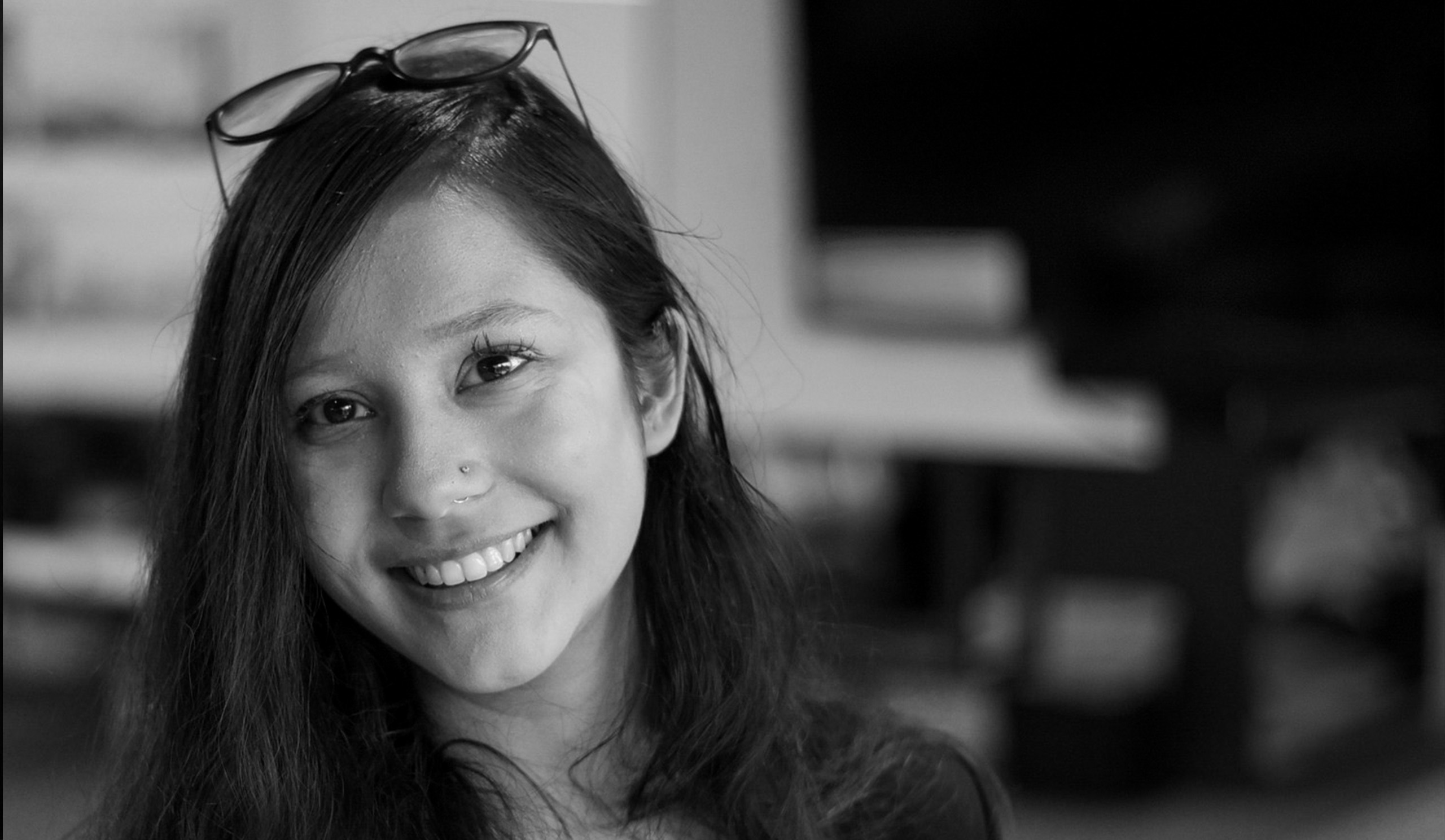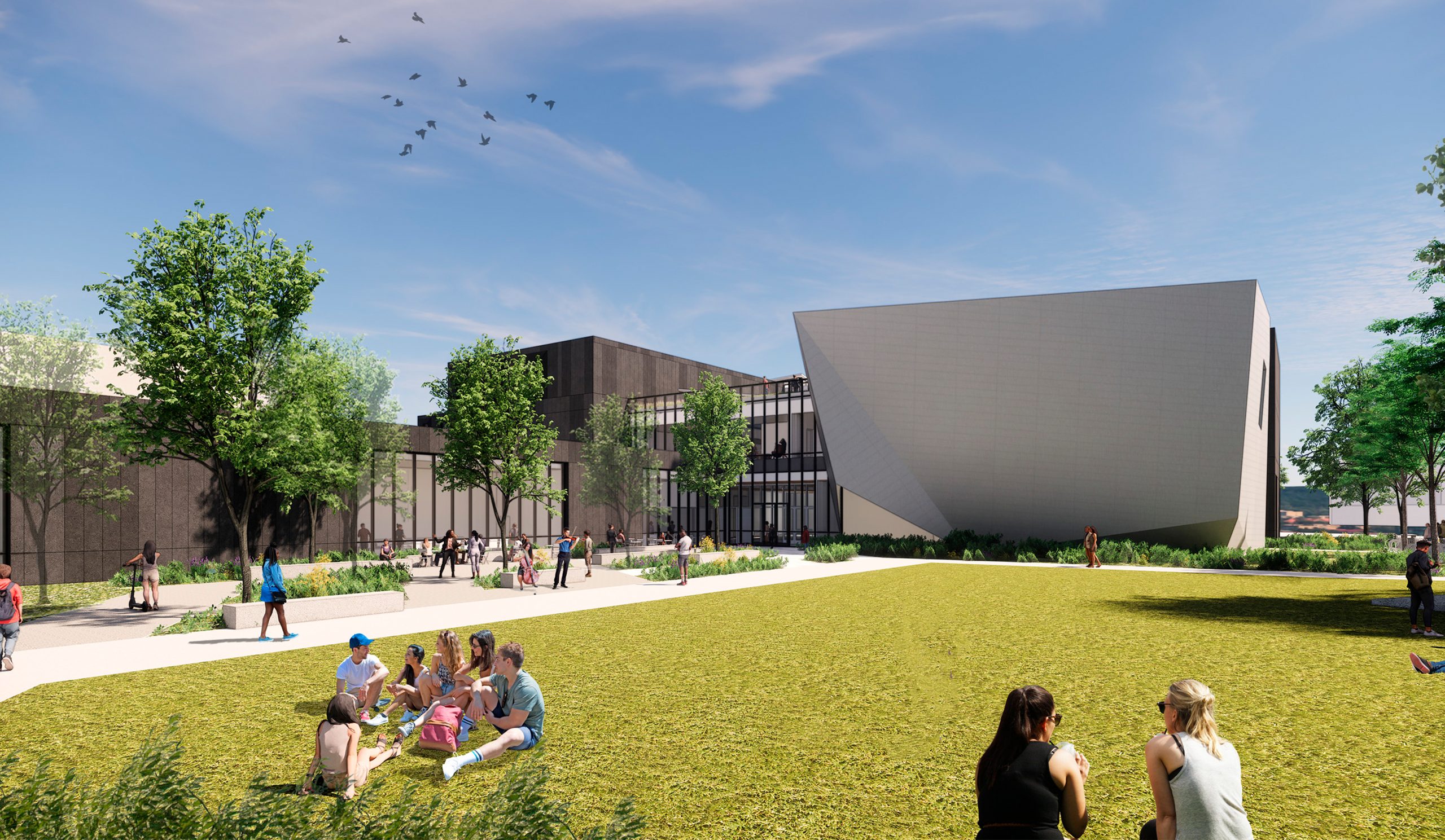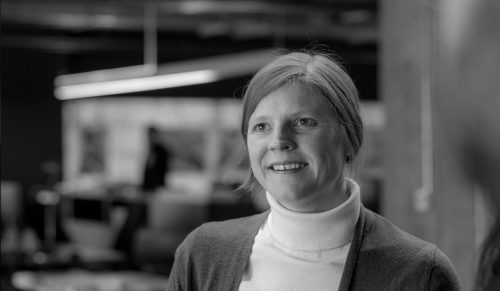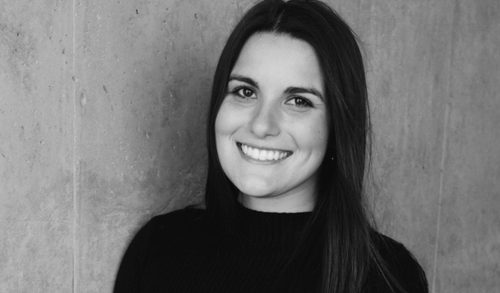
Inspiring Design: Interviews with BNIM Women In Design – Part 3
In our daily work, we often look to our colleagues and collaborators as we seek out and share inspiration. Our team members at BNIM approach our work with collective care, each bringing expertise, talents, and passions to create the best outcomes and a better practice. As we honor Women’s History Month this March, we are excited to share the stories from several individuals at BNIM who inspire and energize our firm each day. In this Inspiring Design series, we connect with Beena Ramaswami, Hannah Gray, Fiona Bhuyan, and Katie Nichols to learn more about their pathways to architecture and design, their thoughts on the future of design, and how their work is positively transforming our communities, environment, and profession.
Fiona Bhuyan, Designer
Fiona is a designer at BNIM whose empathetic, artistic, and human-purposed approach to design has guided her work on numerous projects for higher education, arts, community, eco-diplomacy, and more. Throughout her design career, she has performed rigorous analysis on the understanding of concept to transform design ideas into a successful reality, while focusing on the relationships and impacts her work has on the public realm. As a part of BNIM’s Women in Design Group, Fiona also helps elevate female voices in the architecture and design profession and engage BNIM in initiatives to create a more equitable workplace.
“It has really changed my outlook on design in the way that before, I was thinking more artistically and functionally to now…being more empathetic towards my design to make sure whatever we are creating is serving the purpose of the user, not just for a little while but over time too.”
What first inspired you to become an architect?
FB: First and foremost, it would be my dad who inspired me. Back in those days, he wanted to be either an architect or a doctor, but because architecture in India was not as big at that time, he became a doctor. I’ve always been fascinated with art ever since growing up too, because our entire family is artistic. When I heard about architecture, I thought, how cool is it that you can convert your art into a structure that people can use every day? I think I was really fascinated by the science and art that follows architecture, so that is why I proceeded with architecture.
How do you find art and architecture intersect in your work?
FB: I really do love art, which is more imaginative and conceptual, and I really love science. I like how you can bring structure and some kind of back bone to artistic thought and convert that concept into a project. I think here at BNIM, we do that. We have an artistic, philosophical idea of design – What does a space mean? We then turn those conceptual things into a structure, and I think this is pretty evident across our projects. That is what has always inspired me in all of the projects I have worked on.
We try to come up with an understanding and research in what a project means for a place culturally and what it means for the person. We think about how we can draw poetic inspiration and start developing our project around that. If you look at BNIM’s past projects, there are hundreds of design studies, which I think is so important. I really enjoy that process of design studies because it helps you to break away from the computerized and engineered mindset into a more artistic side.
Has your outlook and approach to design evolved over time? What most inspires and motivates you in your work now?
FB: It has changed a lot, from being in school and thinking that your project is your own and being selfish in that way. Over time working in a professional field, you get a diversity among your group and the team within the office. It is also so interesting to me to work with clients. When you talk to a client, I like how authentic and freeing their inputs are too, because they are not thinking architecturally, they are thinking practically.
I think it has really changed my outlook on design in the way that before, I was thinking more artistically and functionally to now, blending in these practical things as well – being more empathetic towards my design to make sure whatever we are creating is serving the purpose of the user, not just for a little while but over time too.
Another big thing that has played a part in my outlook on design is that I’m a person of color, I’m international, I’m diverse, I’m a minority. It’s thinking about making a space that does not feel overwhelming – beautiful, but more meditational and inviting, so that everyone feels like they are invited. It’s a feeling that a space gives you that makes you want to just go there.
I think those are the main things that I have been trying to change in my outlook on design — to become more personal and empathetic.

UNIVERSITY OF NEBRASKA, GLENN KORFF SCHOOL OF MUSIC
What are some of the projects or initiatives you have worked on that have been most impactful to you?
FB:The Nouakchott CMR was a project I loved working on. This involved learning about culture overseas and drawing inspirations to make architectural design that spoke of Nouakchott’s culture.
Also, my current project, the University of Nebraska, Lincoln, Glenn Korff School of Music Building, is amazing as we are able to add artistic elements throughout the architecture of the building.
My other current project with BlaqOut in Kansas City is very interesting, which is focused on learning how to make inclusive architecture space for minorities in the LGBTQ community and supporting the organization’s aim to prevent HIV.
Can you share more about your experience in the Women in Design group at BNIM?
FB: I love the Women in Design group here, and I’m so glad it is a part of our practice. Even though the profession is very cosmopolitan now, when you look at Architecture closely, it is always a male figure at the forefront of everything; that is just how the culture is. I think being a part of Women in Design and being surrounded by all of these other voices who are trying to bring the change for our profession to be more equal has helped me to not be intimidated to voice my opinions and to know that it is okay to say your piece.
I also like the more scientific part of Women in Design too, where a lot of research happens around some of the existing issues in design and how we all get together as a group to think about it. We might not come up with a solution, because nobody can tomorrow, but it’s nice to know you are not the only person feeling this way, to understand that there is an issue and that this is a safe ground to think about it.
I think it stems out into the practice world too, where it is intimidating to get your voice heard, especially being young and being a minority and being a woman. It’s very, very hard. Being aware that there are conversation initiatives going on about Women in Design just really helps as a booster, so I love going to all our Women in Design meetings. You have a platform to share your own experiences with others too, and you feel like a community. You get that ongoing support throughout.
What are your hopes for the future of the architecture and design profession?
FB: One thing I have learned more about from BNIM is sustainable design. Seeing the way Jeremy Knoll [BNIM’s Director of Sustainability and Regenerative Design] and Joyce Raybuck, who I’ve been working with a lot, talk about sustainability in design, leading sustainability dialogues, and trying to implement as many strategies as they can to make living buildings, not just thinking about a building as a solid structure – I hope more and more people will find ways to incorporate that.
I hope this part of the industry grows in a way that makes sustainability more accessible to all kinds of projects. Some projects do not always have budgets to do it, but just having conversations around sustainability, there is so much advancement in materials and technology, and you recognize you can use this for a small project too. I hope the dialogue becomes more common so we can come up with innovative ways to make every building sustainable and better for the environment.
Secondly, in an ideal world, I would really love people to be more empathetic about the projects that they touch. Not just having a timeline, getting a project done, and calling it a day, but to be more involved with empathy. I feel like spaces do speak a lot; they really impact people emotionally.

